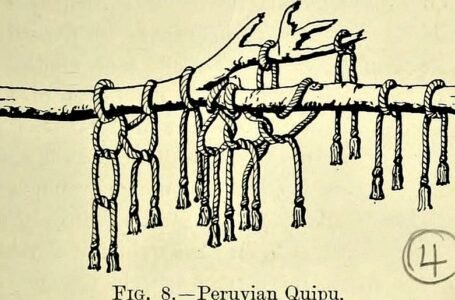Discovering Ali Guli Mane: The Timeless Indian Game That Connects Generations
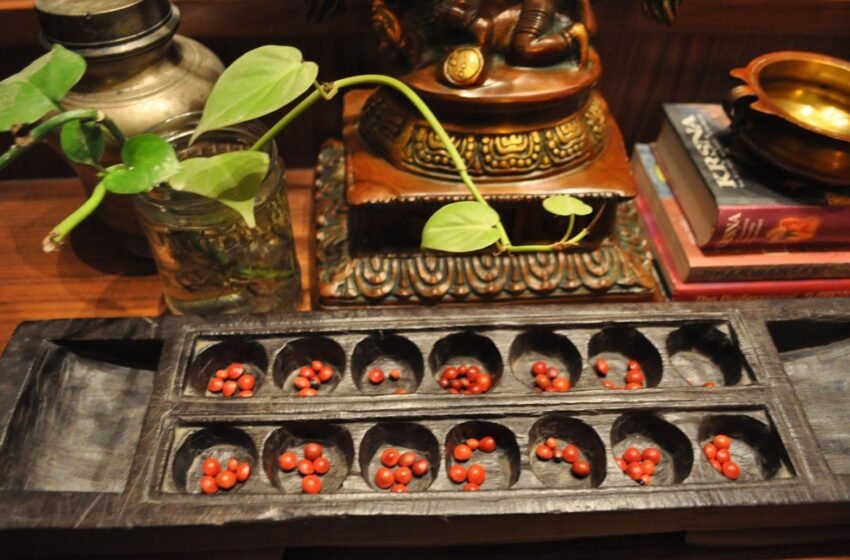
Ali Guli Mane, known as Chenne Mane in coastal Karnataka, Akal Patta in North Karnataka and Satkoli (MH), is an abstract strategy board game from Karnataka. Its concept is sowing and reaping – an integral part of rural life in India.
It belongs to the Mancala family of board games, means “wooden block with holes”, refers to a turn-based family board game played with small stones, beans or seeds, and rows of holes or pits in the ground, a board or any other surface. The objective in these games is to capture all or some sets of the opponent’s pieces.
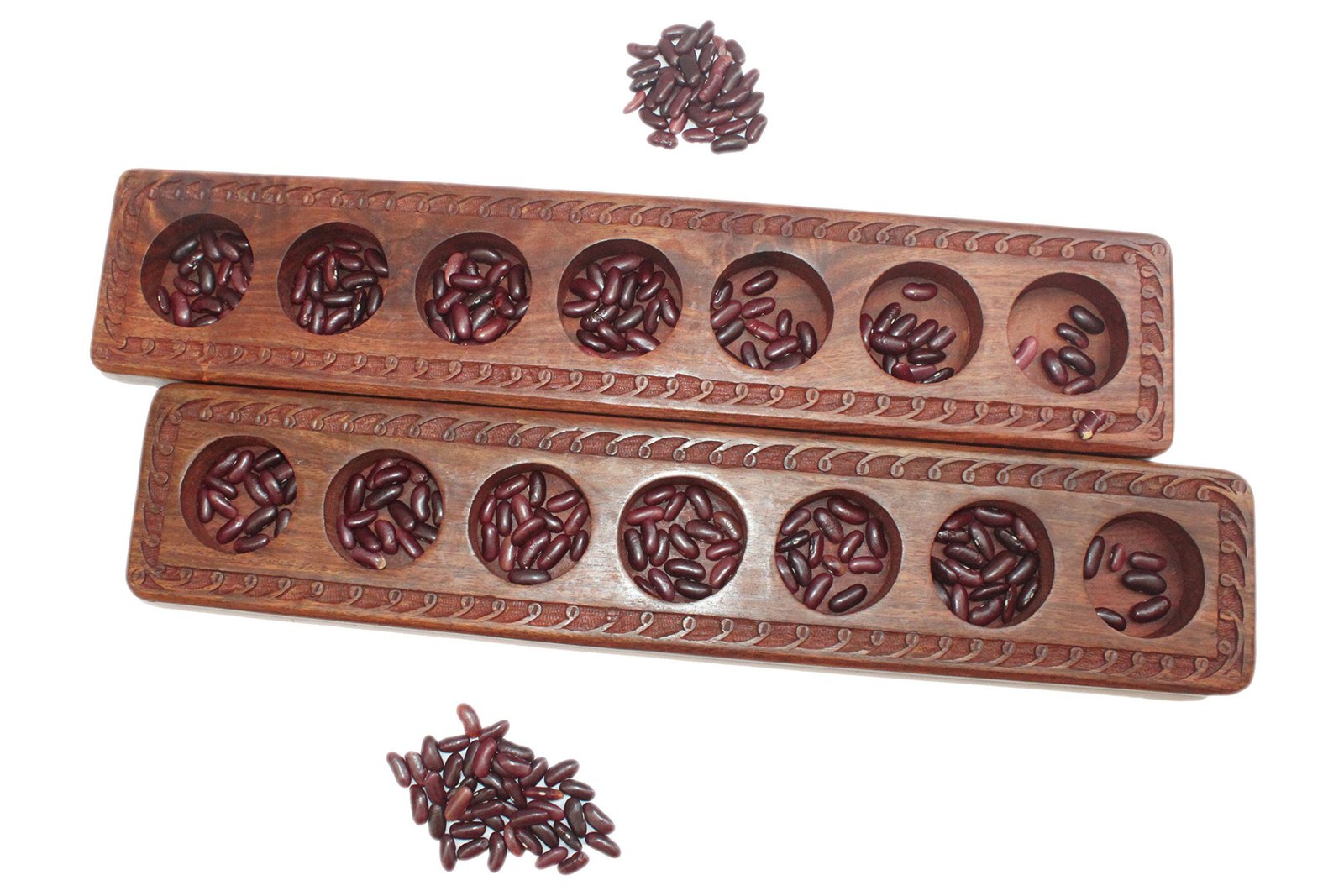
The goal of most mancala games is to plant the most seeds in the bank. To do this, players begin by placing a specific number of seeds in each pit on the game board. They can use their stones to plot the game. Each turn consists of removing all seeds from a pit, “sowing” the seeds (placing one in each of the following pits in sequence), and capturing based on the state of the board.

Ali Guli Mane features two rows of seven holes each. Each player “owns” the row of holes nearest to themselves. The game begins with 70 pieces (typically tamarind seeds or small shells), with five, seven, or twelve in each hole. Gulaganji (circassian seeds, coral wood, or red wood seeds), hunase beeja (tamarind seeds), and kavade (tiny cowrie shells) serve as game components. There are two rows on the board called “ane”, and each row has seven holes. Each hole has five seeds in it when the game first begins. A player distributes the counters from one of his holes, one by one, counterclockwise, to the subsequent holes during his turn.
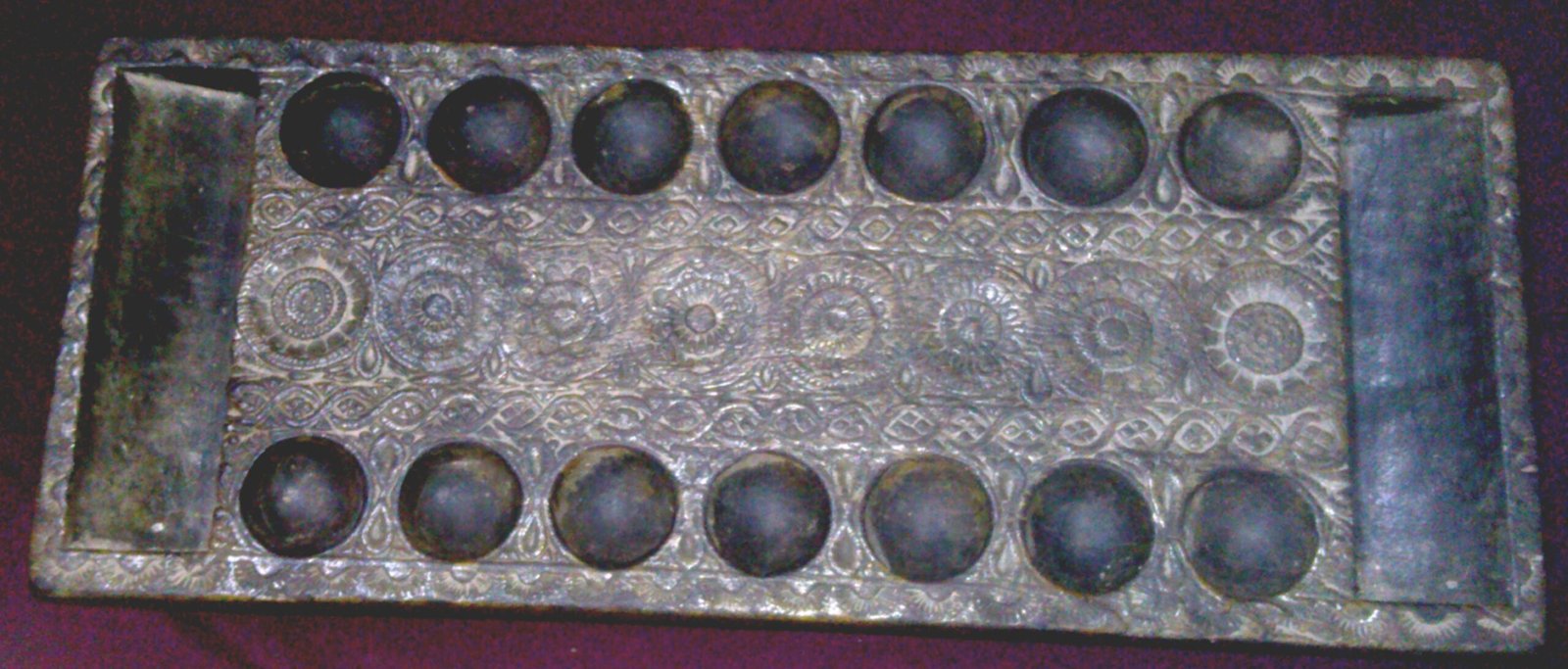
As is customary in India, the contents of the subsequent hole are distributed in a subsequent lap following the last counter’s drop into it. When the next hole is empty, the move is over. We refer to this as “saada.”In the event that the hole was empty, the player seizes whatever is in the hole that comes after it. Furthermore, he seizes the contents of the hole across from that one. A player may move twice in a turn if he captures on his first attempt. Then, after two “saadas,” his term is over.
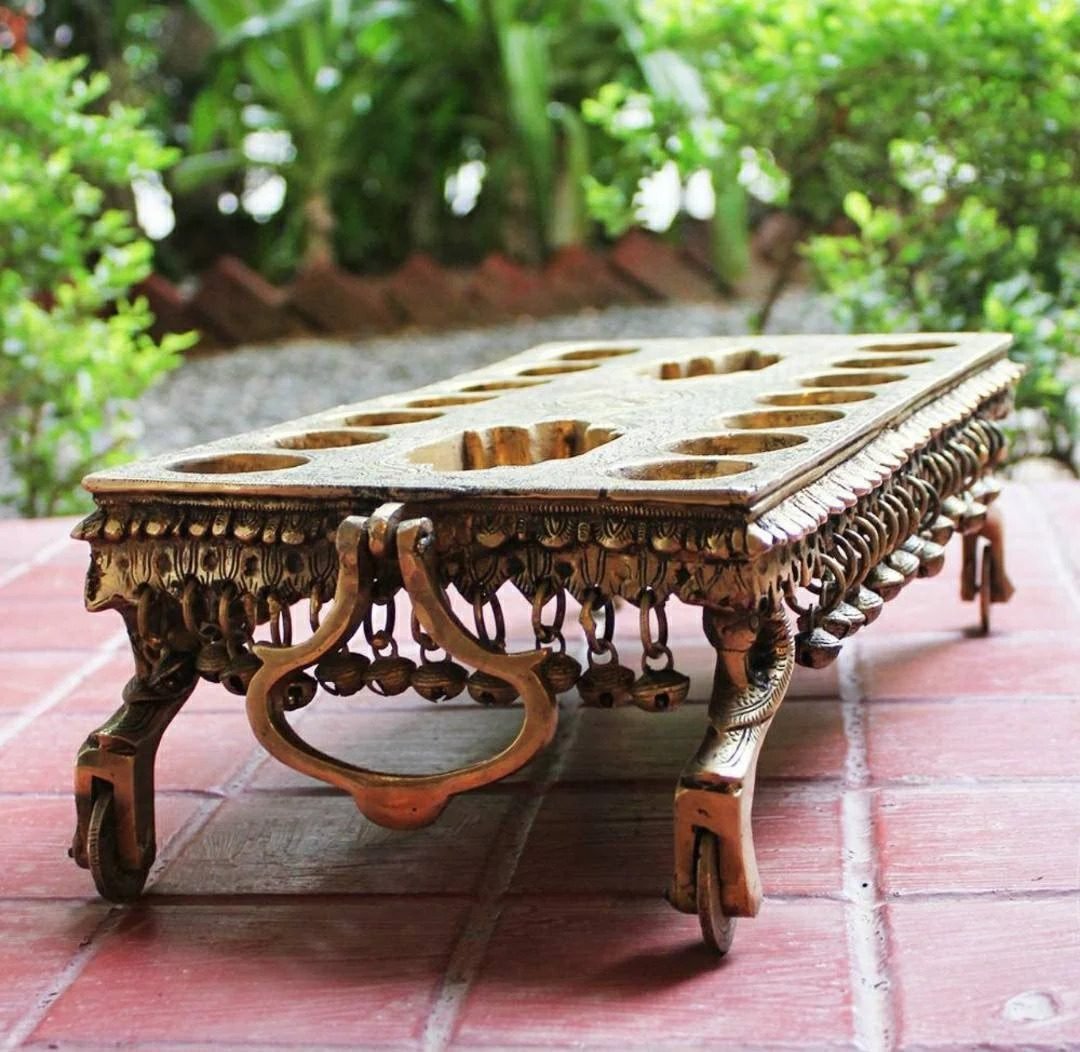
Unless there is nothing for him to play with, a player must move. When every counter has been taken, the game is over. The winner of the game is the player with the most counters collected. Each player attempts to use five counters from his winnings to fill in his holes in the following round. These unfillable holes are denoted with a pebble or twig and are not to be played in. Until one player is unable to cover even one hole, the match is continued.

Oftentimes, the loser is made to run around with the board on his head or is humiliated with songs. The rules in some states are that the loser must blow away the 14 ash-filled holes. Ali Guli Mane is a legacy of Karnataka’s cultural past, not just a game. By participating in it, we help to preserve a lovely tradition and connect with the past in addition to enjoying a rich strategic experience.
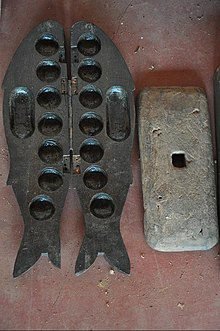
It is a game that is good for cognitive development in addition to being entertaining. It is a useful teaching tool because it improves problem-solving, strategic thinking, and even mathematical abilities. Ali Guli Mane is more than just a game; it’s a representation of the culture of Karnataka. It serves as a conduit for jokes and tears between loved ones and friends, bridging generations. It is imperative to make an effort to rekindle young people’s interest in Ali Guli Mane in the face of contemporary entertainment. Workshops, tournaments, and neighbourhood get-togethers provide venues for bringing this classic game back.
